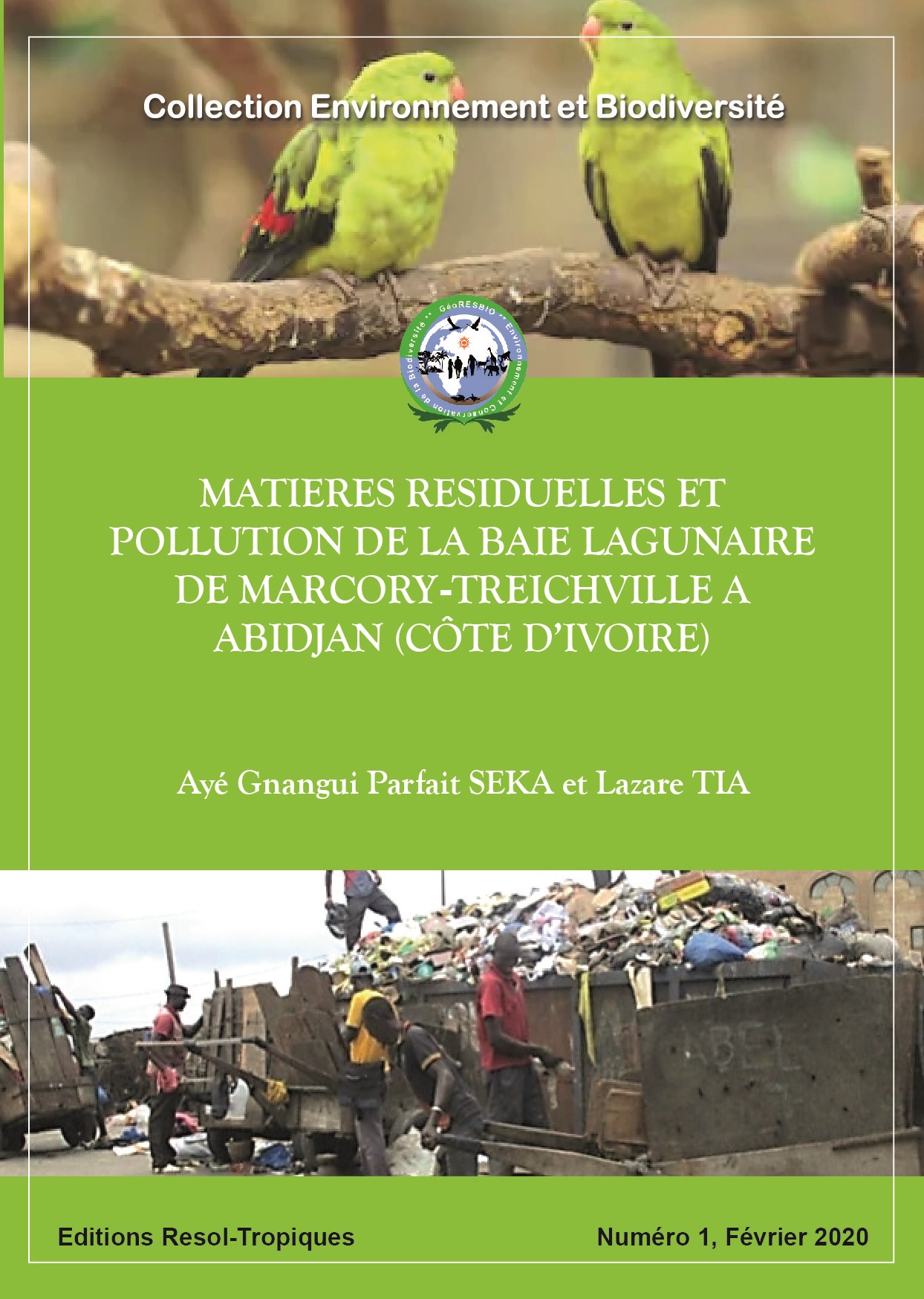Ayé Gnangui Parfait Séka, Lazare Tia
Collection Environnement et Biodiversité, Editions Resol-Tropiques, 2020 - 107 pages
The management of residual materials along the edges of lagoon bays is considered one of the most serious environmental problems in developing countries. This study aims to determine the pollution mechanism of Marcory-Treichville lagoon bay. The methodological approach based on socio-economic surveys and geolocation data collection has made it possible to determine that residual materials (RMs) generated by households and economic actors are the main pollutants of the Marcory-Treichville lagoon bay, namely solid RMs (70.4%) and liquid RMs (29.6%). The shortcomings of the NCM management system can be summed up in the inadequacy of waste bins (18.6%), unequal distribution and long distances to rubbish containers (2.8%). This situation inhibits the collection of RMs and leads some pre-collectors and households to dump them in the lagoon bay.
Published: 2020-02-27

